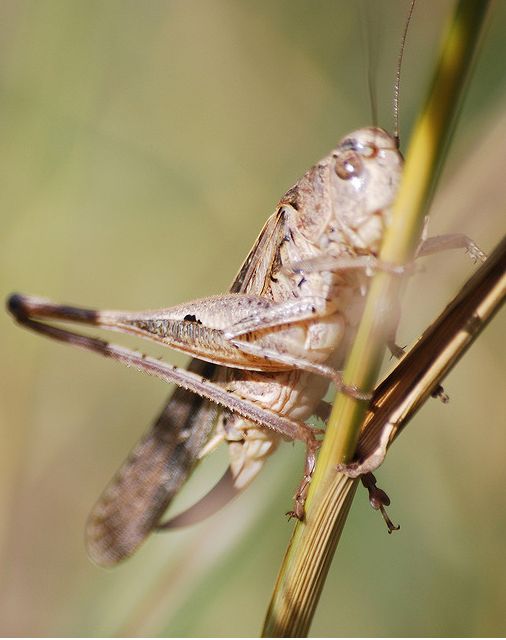Don't feel bad, Drosophila bifurca, your testes equal to 10.6% is still mighty. Just in second place now.
What's the reason for that? More sperm, it would seem, but the researchers say that isn't the case, which proves once again that Nature is a bitch (and also a fine magazine, though this study was in Biology Letters.)
"We couldn't believe the size of these organs, they seemed to fill the entire abdomen," said Lead researcher Dr Karim Vahed, Reader in Behavioural Ecology at the University of Derby. "We are also interested in the reason why they are so large. An almost universal evolutionary rule appears to be that such variation in relative testes size is linked to female mating behaviour; testes tend to be larger in species where females are more promiscuous, as has been demonstrated in various species in fish, birds, insects and mammals. But at least two hypotheses could account for this pattern – sperm competition on the one hand and male mating rate on the other.
"Yet our study appears to be the first study to show that, in the case of the Tuberous Bushcricket, bigger testes don't necessarily produce more sperm per ejaculate."

Platycleis affinis. Credit: Le pot-ager on flickr. If you want to see actual bush cricket testicles, The Guardian has them.
They compared relative testes size across 21 species of bush cricket. As with other studies, they found testes were proportionately larger in species where females mated with more males – female Tuberous bush crickets mate with up to 23 different males in their two-month adult life but the surprise was that the Tuberous bush cricket did not produce more sperm: in fact they produced less voluminous ejaculates.
Dr James Gilbert from the University of Cambridge said, "Traditionally it has been pretty safe to assume that when females are promiscuous, males use monstrously-sized testicles to deliver huge numbers of sperm to swamp the competition - even in primates. Our study shows that we have to rethink this assumption. It looks as though the testes may be that big simply to allow males to mate repeatedly without their sperm reserves being exhausted."
Traditionally, the assumption is that larger testes produce more sperm per ejaculate and thereby provide males with an advantage in sperm competition when males are vying for the fertilization of the female's eggs. Sperm competition is most intense when the female of the species mates with many males; the male that has produced the most sperm is often assumed to be at an advantage, hence the development of larger testes in such species.
But more promiscuous females also increase the number of mating opportunities available for the male. It is therefore possible that larger testes have evolved in more polyandrous species because they allow an increased rate of ejaculate production, enabling the male to engage in a greater number of successive matings, as indicated by this latest study.
The researchers suggest these findings offer food for thought about the links between endowment, promiscuity and reproduction within insects in the biological world.






Comments